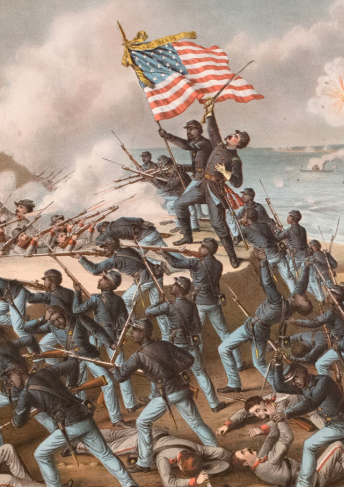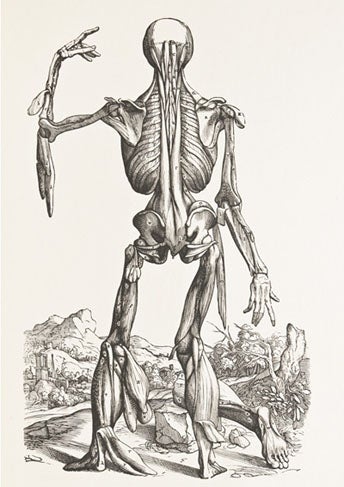The first book on a computer game
Faster than Thought: The Ferranti Nimrod Digital Computer. A brief survey of the field of digital computing with specific reference to the Ferranti Nimrod computer.
Hollinwood, Lancs: Ferranti Ltd, 1951.
Price: $7,500.00
About the item
First edition. 12mo. The first book on a computer game. original printed olive staple-bound wrappers, very occasional light pencil markings, else fine. In custom green clamshell cloth box, black gilt morocco spine label. A fine copy.
Item #308671
The first book devoted to a computer game, available for purchase at the 1951 Festival of Britain with the event’s symbol printed on the upper cover. The Ferranti Nimrod was revealed to the public as part of the Science Exhibition and was the first machine built exclusively for the purpose of playing a game. It ran a digital version of the ancient logic game, Nim. At the exhibition, the enormous 12 x 9 x 5 foot machine was unveiled. The public was encourage to play and among those in attendance was Alan Turing, who succeeded in beating the game to which the machine flashed the message "COMPUTER LOSES". Turing was an obvious candidate for the game, having published his landmark paper "Computing Machinery and Intelligence" the year prior. The contents include a general introduction on how to play the game followed by details on the related emergent sciences of computing and artificial intelligence. As an indication of how early the language is, it should be noted that the term “memory” is mentioned only as an alternative the preferred term “storage”. Amid the instructions, the text emphasises that games are merely one example of the many applications of computers: “the theory of games is extremely complex and a machine that can play a complex game can also be programmed to carry out very complex practical problems. ... very similar to those required to examine the economies of a country in which neither a state of monopoly nor of free trade exists" (p19). OCLC only locates one copy in the United States, at the NYPL. Not listed in Hook and Norman.



